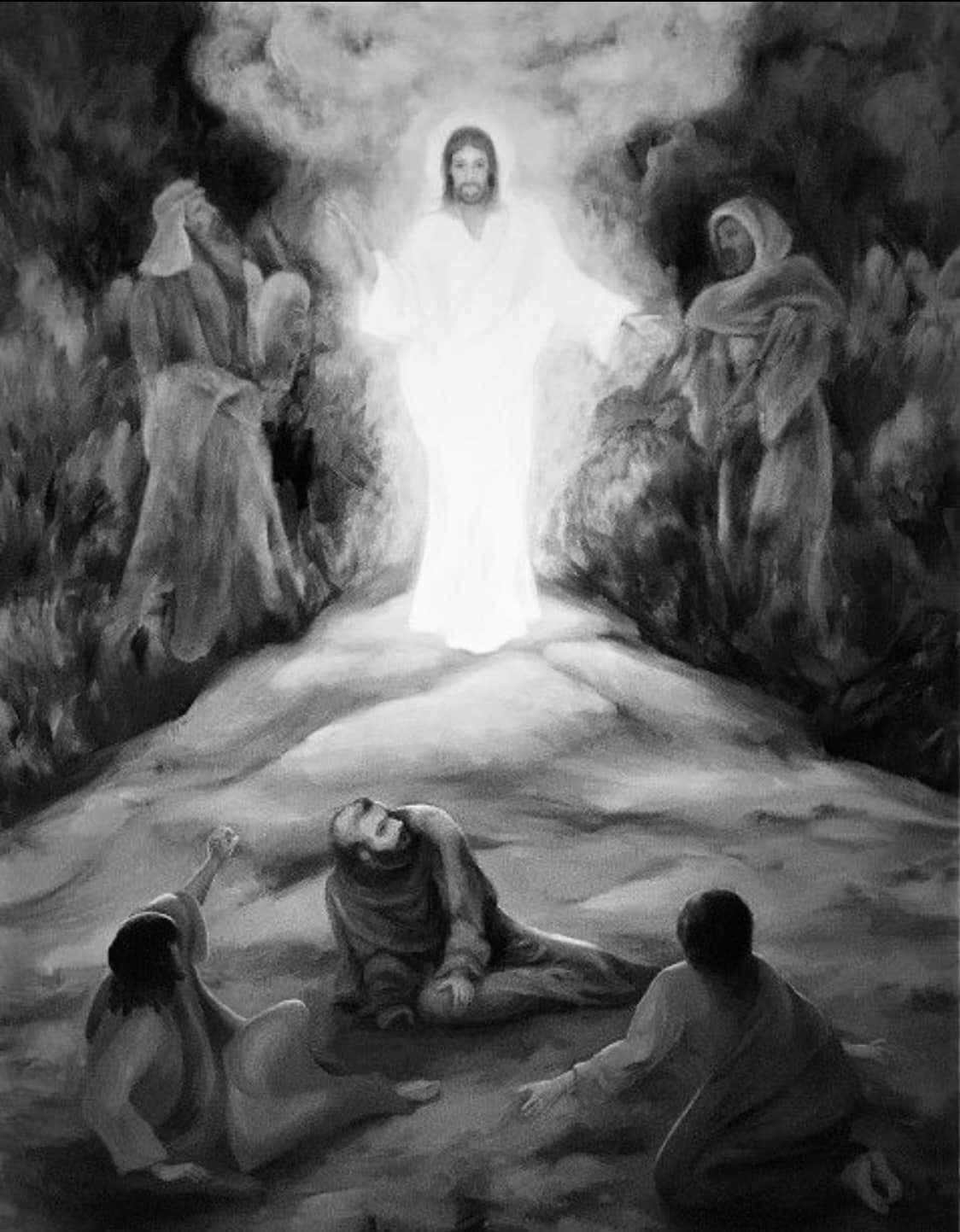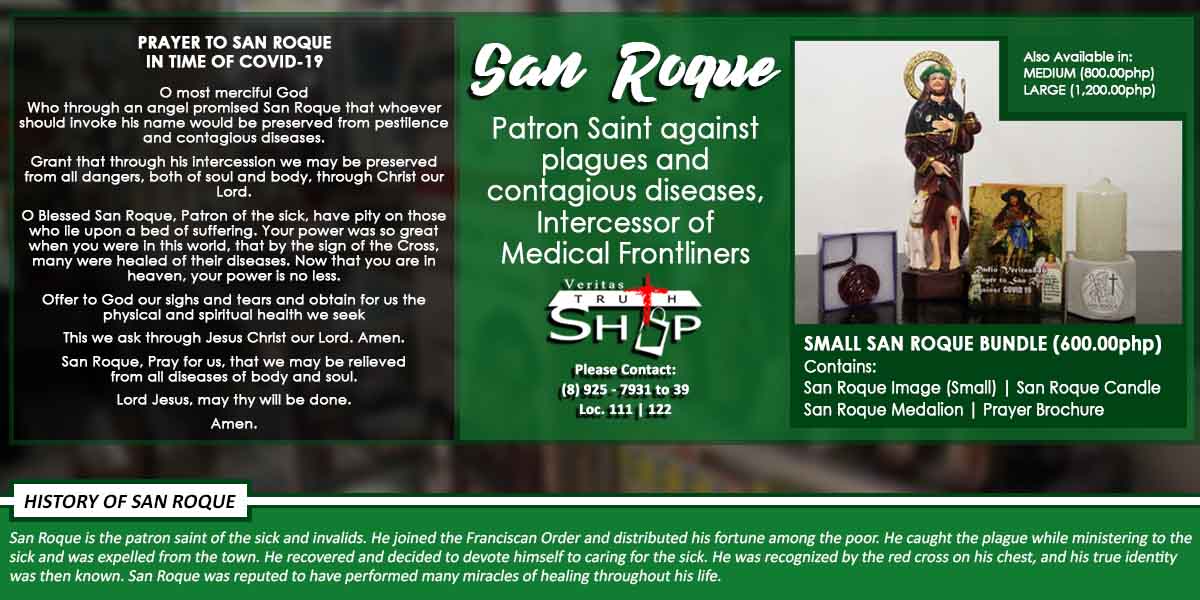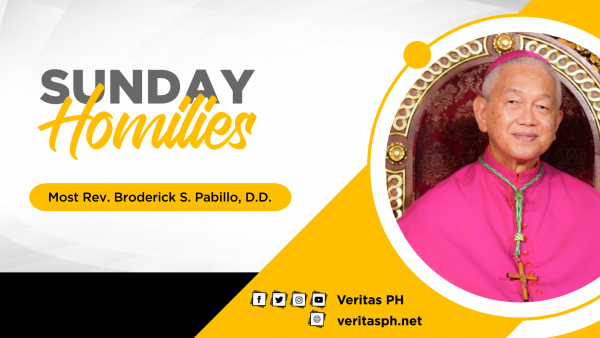316 total views

Transfiguration (A)
Just like the account of the temptation of Jesus, his transfiguration is also narrated by all the synoptic gospels (Mk 9:2-10; Mt 17:1-9; Lk 16:28-36). Following the position of many biblical scholars who acknowledge the priority of Mark, both Matthew and Luke draw from Mark many features of their story. But each has its own theological perspective, (cf s1S#20 Son of Man, 2/28/21; s1S#76, Exodus, 3/13/22).
With Matthew’s fulfillment motif throughout his gospel, Jesus is recognized by the Father, as his Son (Ps 2:7), as the favored servant of the Lord (Is 42:1), and as an end-time prophet like Moses (Dt18:15), all three proclaimed in the heavenly voice’s statement (v5). These point to Christ as the unique fulfillment of these major biblical terms. As Son, he is described as “agapētos” ( ἀγαπητός – an adjectival form of the verb to love found around 60 times in NT), meaning “(dearly) beloved”, “well-loved”. It is a specification about sonship that is not present in Ps 2:7 and is expressive of a special love-relationship between the heavenly Father and the Son. It links with the voice of Jesus’ baptism (3:17) and confirms Peter’s earlier confession (16:16). As servant of the Lord, it alludes to Isa 42:1, the beginning of the first Servant Song, casting Jesus in the role of the Servant of Yahweh and highlighting his obedience to the will of the Father through suffering by which He was well pleased. The fulfillment motif of Matthew is further underlined by the presence of Moses and Elijah, representing the law and the prophets as they converge on the person of Jesus, both important end figures (v3), while the final remark of Jesus (v9) previews the resurrected Christ, the glory that will be his after his servant role as the Son of Man is brought to completion.
Jesus as the Son of God, the Servant of the Lord, and the Son of Man is the beloved emissary of God’s redemption. His mission accomplished, it made us beloved in Christ who brought us all from death to life. May our celebration of this mystery of salvation make us truly God’s children by sharing in the sufferings of Jesus so that we may share as well in his glory one day. Amen.
Son of Man
Transfiguration (B)
In the Gospels, people address Jesus by many titles: “Teacher”, “Rabbi,” “Lord,” “Messiah” and on a few rare occasions, “Son of God.” But it is interesting to note that the title Jesus most often used to refer to himself was the “the Son of Man”, ho huios tou anthrōpou, (ὁ υἱὸς τοῦ ἀνθρώπου). The 78 instances can be classified into the following categories: first, refers to his present activity during his earthly ministry, (e.g Mk 2:10,28; Mt 8:20; Lk 5:24); second, sayings in which Jesus refers to his impending passion and/or resurrection (e.g. Mk 8:31; 9:9,31; 10:33 John 3:14; 8:28; 12:34); third, sayings in which he refers to his future activity as judge and savior at the end, (Mk 8:38; 13:26; 14:62, John 1:51).
In line with the second group of sayings, for Mark Jesus as the Son of Man, is his self-effacing way of referring to himself to account for both the present and future suffering references to correct the Jewish expectations of a messiah king who will triumph magnificently against foreign powers. Jesus is indeed the Messiah, but a suffering one whose gruesome death will atone for the sins of all humanity: “He was pierced for our sins, crushed for our iniquity…” (cf. Is 53).
Exodus
Transfiguration (C)
Luke alone mentions the subject of the conversation between Jesus and Moses and Elijah: “…and spoke of his exodus” (9:31). The word ἔξοδος is immediately identified with the second book of the Bible and in particular the events of Ex 12:29-15:21. The word literally means departure (as translated in NRSV 1993) or passage (cf. CCD Lectionary 1970). In the context of the geographical perspective of Lucan theology, this refers to Jesus’ steady movement toward Jerusalem where the completion or fulfillment (9:32) of the events foreordained in God’s salvific plan happened. Though it alludes as well to the Hebrew exodus from Egypt, this theme is central to Luke’s gospel which is largely constructed around Jesus’ journey to Jerusalem (9:51; 19:28) where his definite leave-taking, or departure, or his entire transit to the Father, will occur (the ascension, Lk 24:50-52). It is indeed the city of destiny for Jesus.
In Luke’s writings salvation history moves forward. He moves us with Jesus toward Jerusalem. And this our call as well. It reminds us not to become so involved in temporal concerns, even legitimate ones, that we forget our ultimate destiny, our own transfiguration into the image of Christ. Since we are citizens of another realm (Phil 3:20-21), our Christian identity must condition our way of life. To be able to do so, we need to continue to listen to the Father’s “chosen Son”, that we may find the way to his glory

















